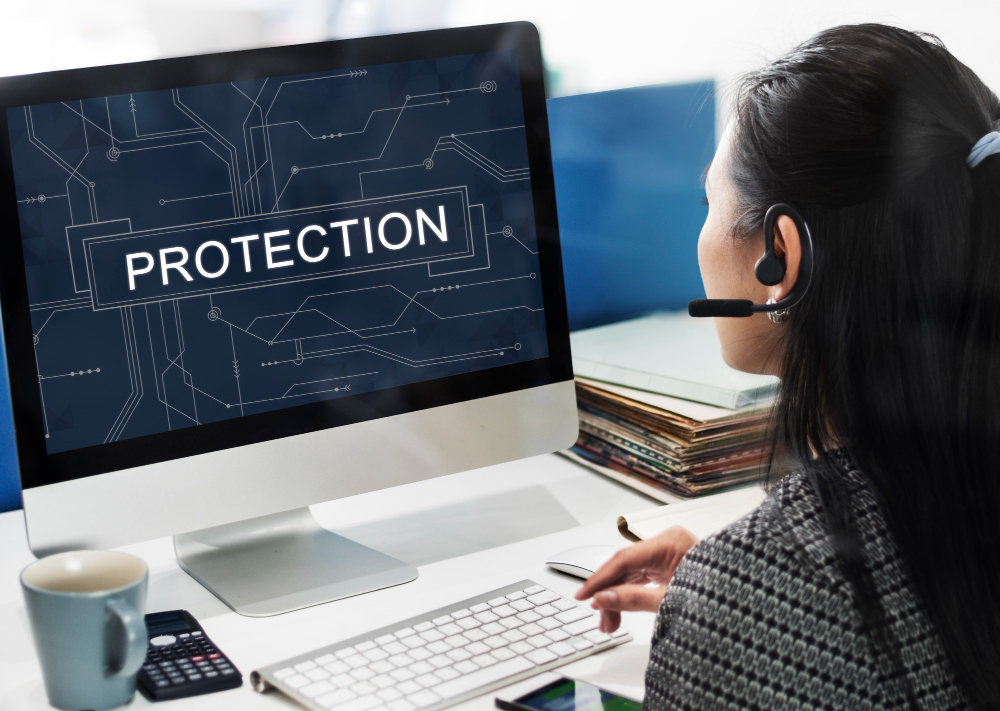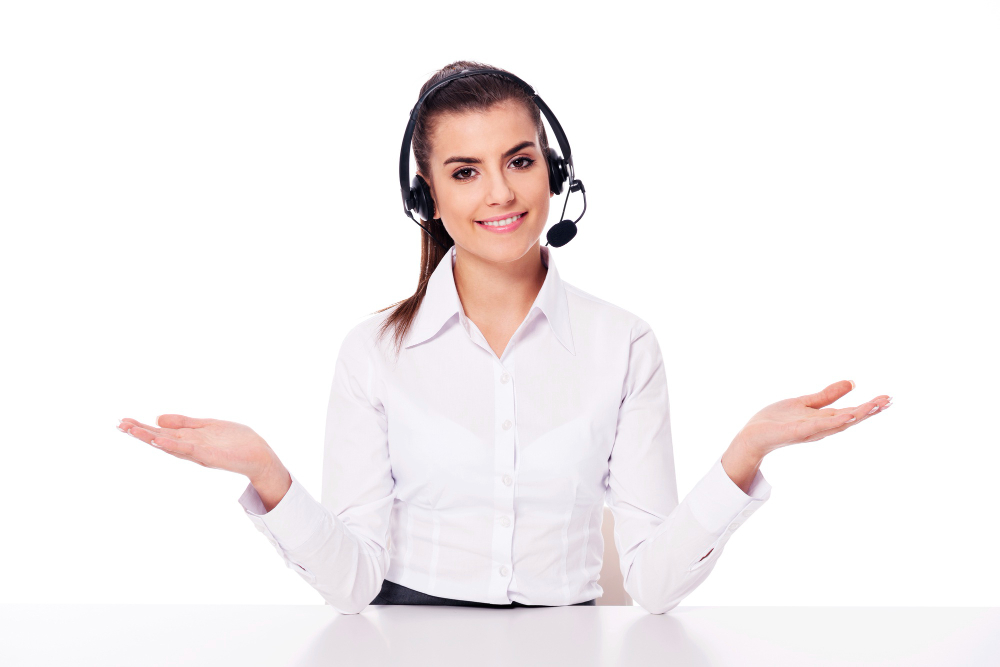Website Security, Secure Web Hosting, Security Checklist

Website security is no longer optional—it’s a critical necessity for every website owner, regardless of size or industry. Cyber threats are constantly evolving, and a single security breach can have devastating consequences, including data loss, financial penalties, reputational damage, and loss of customer trust. This article provides a practical, actionable website security checklist, covering both the steps you can take as a website owner and the crucial security features to look for in a web hosting provider. We’ll also see how HostVola helps you implement these essential security measures.
This isn’t just about protecting your website; it’s about protecting your visitors, your data, and your business. A robust security posture is a combination of your own proactive measures and the security provided by your hosting environment.
Website Security Checklist: 10 Essential Steps
This checklist is divided into two sections: Your Responsibilities (actions you need to take) and Your Host’s Responsibilities (features to look for in a secure hosting provider).
Part 1: Your Responsibilities (Website Owner Actions)
- Use Strong, Unique Passwords (and Manage Them Securely):
- This is the most basic, yet often overlooked, security measure. Never reuse passwords across different accounts.
- Action: Use a password manager (like LastPass, 1Password, Bitwarden) to generate and store strong, unique passwords for your:
- Web hosting control panel (cPanel) account
- FTP accounts
- Database accounts
- WordPress admin account (or any other CMS you use)
- Email accounts associated with your website
- Strong Password Criteria:
- At least 12 characters long (longer is better).
- Mix of uppercase and lowercase letters, numbers, and symbols.
- Avoid dictionary words, personal information, or common patterns.
- Enable Two-Factor Authentication (2FA) Wherever Possible:
- 2FA adds an extra layer of security by requiring a second verification method (e.g., a code sent to your phone) in addition to your password.
- Action: Enable 2FA for:
- Your web hosting control panel account.
- Your WordPress admin account (or other CMS).
- Any other accounts associated with your website that offer 2FA.
- Keep Your Software Updated (CMS, Themes, Plugins):
- Outdated software is a major security vulnerability. Developers regularly release updates that patch security holes and fix bugs.
- Action:
- WordPress (or other CMS): Enable automatic updates for the core WordPress software (or your chosen CMS).
- Themes and Plugins: Regularly update all themes and plugins to their latest versions. Before updating, test the updates in a staging environment (if possible) to ensure they don’t break your website. Delete any unused themes or plugins.
- PHP Version: Keep your PHP version updated to a supported release.
- Use a Secure Connection (HTTPS/SSL):
- HTTPS encrypts the communication between your website and your visitors’ browsers, protecting sensitive data from interception.
- Action:
- Ensure your website has a valid SSL certificate installed and that all pages are served over HTTPS. HostVola provides free Let’s Encrypt SSL certificates.
- Configure your website to automatically redirect HTTP requests to HTTPS.
- Regularly Backup Your Website:
- Backups are your safety net in case of data loss due to hacking, hardware failure, or accidental deletion.
- Action:
- Implement a regular, automated backup schedule (daily is ideal).
- Store backups in a secure, offsite location (not just on your web server).
- Test your backups periodically to ensure they are working correctly.
- Limit Login Attempts:
- Brute-force attacks involve automated attempts to guess your password by trying many different combinations. Limiting login attempts helps prevent these attacks.
- Action:
- Use a WordPress plugin (like Limit Login Attempts Reloaded) or a web application firewall (WAF) to limit the number of failed login attempts from a single IP address.
- Use a Web Application Firewall (WAF):
- A WAF filters malicious traffic and blocks common web application attacks, such as cross-site scripting (XSS) and SQL injection.
- Action:
- Use a good hosting.
Part 2: Your Host’s Responsibilities (Hosting Provider Features)
- Choose a Secure Hosting Provider (with Robust Infrastructure):
- This is the foundation of your website’s security. A secure host provides the underlying infrastructure and security measures to protect your website from threats.
- Look for these features:
- Network-Level Security: Firewalls, intrusion detection and prevention systems (IDPS), DDoS protection.
- Server-Level Security: Operating system hardening, regular security updates, malware scanning and removal.
- Data Center Security: Physical security measures at the data center (restricted access, surveillance, etc.).
- Data Encryption: Encryption of data both in transit (SSL/TLS) and at rest (on the server).
- Regular Security Audits: The provider should conduct regular security audits and vulnerability assessments.
- Isolated Environment: Your hosting should be isolated.
- Automatic Malware Scanning and Removal:
- Your hosting provider should automatically scan your website for malware and remove any threats that are detected.
- Look for:
- Daily or more frequent scans.
- Automatic removal or quarantining of infected files.
- Alerts and notifications when malware is detected.
- Automatic removal or quarantining of infected files.
- Proactive Monitoring and Support:
- Your hosting provider should proactively monitor their servers and network for security threats and provide 24/7 support to assist you with any security-related issues.
- Look for:
- 24/7 monitoring of server and network health.
- Responsive and knowledgeable support staff.
- Clear communication about security incidents and updates.
How HostVola Helps You Implement This Checklist
HostVola is committed to providing a secure hosting environment and empowers you to implement many of the security measures on this checklist:
- Strong Passwords & 2FA: We enforce strong password policies and offer the option to enable Two-Factor Authentication (2FA) for your cPanel account.
- Free SSL Certificates: We provide free Let’s Encrypt SSL certificates for all websites, making HTTPS implementation easy.
- Automated Daily Backups: We perform automated daily backups of your website data, stored securely offsite.
- User-Friendly cPanel: Our cPanel control panel makes it easy to manage security settings, install security plugins, and monitor your website’s security status.
- NVMe SSD and LiteSpeed: We use NVMe SSD and LiteSpeed which are very secure.
- Robust Hosting Infrastructure: We provide a secure hosting infrastructure with:
- Network-Level Security: Firewalls, IDPS, and DDoS protection.
- Server-Level Security: Operating system hardening, regular security updates, and malware scanning/removal.
- Secure Data Centers: Physically secure data centers with restricted access.
- Automatic Malware Scanning: We offer automatic malware scanning and removal.
- 24/7 Expert Support: Our security-trained support team is available around the clock to assist you.
Get started with HostVola’s secure hosting today. Explore our plans at https://hostvola.com/, and consider our shared hosting for a secure and affordable starting point: https://hostvola.com/shared-hosting/.
Conclusion: Security is a Shared Responsibility
